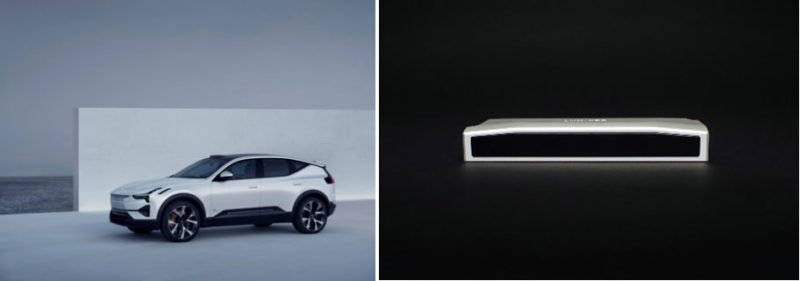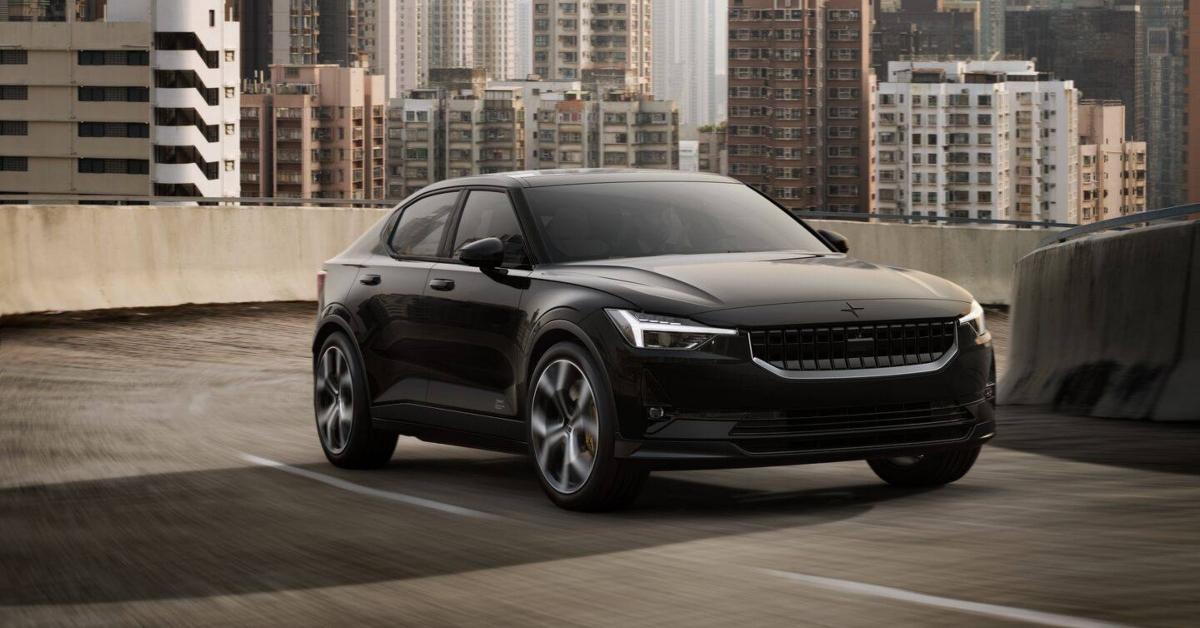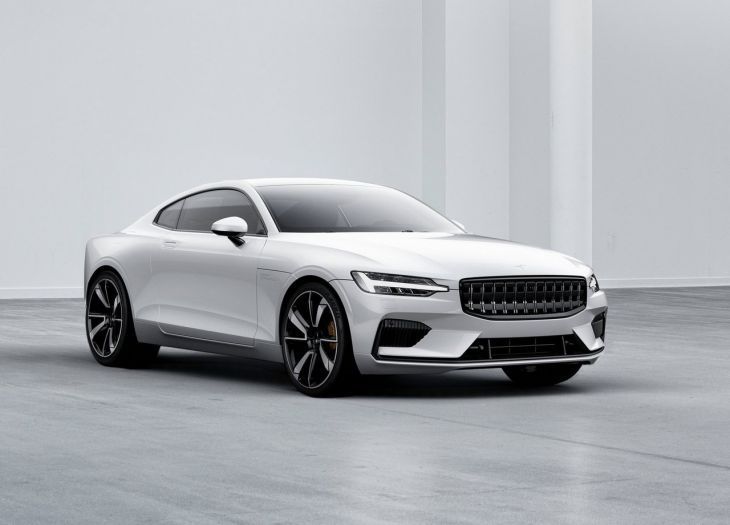



Further, backtesting allows the security selection methodology to be adjusted until past returns are maximized. Since trades have not actually been executed, results may have under- or over-compensated for the impact, if any, of certain market factors, such as lack of liquidity, and may not reflect the impact that certain economic or market factors may have had on the decision-making process. Specifically, backtested results do not reflect actual trading or the effect of material economic and market factors on the decision-making process. Backtested performance is developed with the benefit of hindsight and has inherent limitations. This information is provided for illustrative purposes only. No representations and warranties are made as to the reasonableness of the assumptions. Certain assumptions have been made for modeling purposes and are unlikely to be realized. Changes in these assumptions may have a material impact on the backtested returns presented. General assumptions include: XYZ firm would have been able to purchase the securities recommended by the model and the markets were sufficiently liquid to permit all trading. Backtested results are calculated by the retroactive application of a model constructed on the basis of historical data and based on assumptions integral to the model which may or may not be testable and are subject to losses. The results reflect performance of a strategy not historically offered to investors and does not represent returns that any investor actually attained. Backtested performance is not an indicator of future actual results. Meanwhile, Polestar stock’s average pricet arget of $10.50 gives it an upside potential of 66.4%.ĭisclaimer: The TipRanks Smart Score performance is based on backtested results. Luminar’s stock has an average price target of $15.80, which gives it an upside potential of 99.49%.

However, Luminar has a much greater upside potential. Analysts are reasonably enthusiastic about both stocks, as both are currently rated a Moderate Buy. It’s also ready to offer better safety functions as well.īoth Polestar and Luminar gained in Thursday afternoon trading, and to about the same extent: substantially. Reports suggest that the new lidar system should serve as a stepping stone to ultimately bring autonomous driving into play. The sensor on the system won’t stick out quite so far as it does on early models, which should improve the vehicles’ aesthetics. The new lidar system should be an improvement over the first, notes Polestar CEO Thomas Ingenlath. It will take some time to actually get the new models ready deliveries of the lidar-enhanced cars should hit in 2024.
#POLESTAR LUMINAR SOFTWARE#
Both cars will get Luminar’s Iris lidar and accompanying software added to the cars’ rooflines. With the expansion, the Polestar 3 will also pick up new hardware as well. The Polestar 5 already was in line to get some of the new lidar technology. The current partnership features Luminar’s lidar technology added to Polestar’s electric vehicles. Enter Polestar ( NASDAQ:PSNY) and Luminar ( NASDAQ:LAZR), two partners who are stepping up their partnership to make a better car. With Tesla ( NASDAQ:TSLA) cutting prices to maintain its lead and a range of other automakers chasing market share, current offerings will need to improve to stay in the game. The electric vehicle market is getting tougher and tougher to navigate.


 0 kommentar(er)
0 kommentar(er)
